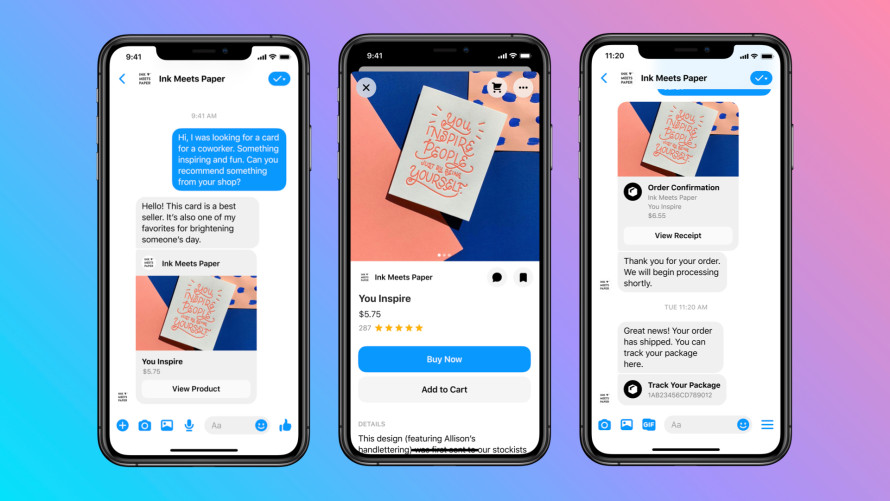Data Scout is Localogy’s series that curates and draws meaning from third-party data. Running semi-weekly, it adds an analytical layer to the industry data that we encounter in daily knowledge building. For Localogy original data, see the separate Modern Commerce Monitor™️ series.
As the world battles health and economic challenges, Covid-era lockdowns are having a polarizing effect on local commerce. High touch fare at the local level (think: salons) is clearly suffering while quarantine-friendly fodder like virtual office tech and e-commerce are booming.
Beyond those examples, there are implications for local commerce vendors who offer point of sale systems, order & delivery logistics and curbside pickup. These fullfillment models are having a moment, as they’re aligned with social distancing protocols. So these vendors are likewise well positioned.
After recently covering those technologies, we’re back for three more SMB SaaS technologies that could inflect. Just like in part I, these aren’t new technologies, but they’re seeing new demand signals. The big question is if current circumstances accelerate their adoption in ways that are positive and permanent.
If so, who could benefit most from this forced-adoption sequence? We’ve identified three more areas below. Before diving into the list, it’s also worth noting that this “accelerated adoption” principle will be the central theme of the upcoming Localogy 20/20 virtual conference. Check out more about the event here.
1. Online and Mobile Presence
Covid-era SMB tech adoption will also inflect in the general area of online presence. Just like e-commerce, this is something that many merchants have put on the back burner for years. But now that offline presence has been suddenly taken away, digital presence has become a survival imperative.
Digital presence comes in many flavors that can be as basic as a website (which roughly 36 percent of small businesses don’t have). It can also include intermediate strategies such as optimizing one’s local listings or actively engaging with customers and reviews in channels like Yelp.
But what have tech giants specifically done over the last three months to make digital presence more attractive? Since early March, Google has been making changes to Google Shopping and Google My Business that make it easier for local merchants to communicate shifting details like mask policies.
Yelp did something similar with its “virtual service offerings.” This gives local businesses a designated area to define the virtual services they are dynamically rolling out. This mostly caters to things like lessons, performances, yoga classes, or other normally in-person activities forced to go virtual.
Snap has likewise gotten in on the “presence” action with new local business listings that are part of its broader refresh of Snap Map. As we examined when it was launched, Local Place Promote gives local businesses a way to get in front of Snapchat users in geographically targeted ways.
Presence offerings are also happening from smaller providers like Canva’s democratized graphic design, WhatsApp’s “conversational commerce,” and Venmo’s local merchant pages.
2. E-commerce & Digital Payments
Speaking of Venmo, retail lockdowns have forced many businesses to adopt ecommerce and mobile payments. In some cases, this was a long-neglected area that’s now seeing and adoption spike. After hovering around 10 percent for the past several years, e-commerce is now 14.5 percent of U.S. commerce.
Tech giants are responding by launching or advancing e-commerce programs to scratch that itch. For example, Facebook launched Facebook Shops, which lets local merchants set up full-fledged e-commerce shops with a relatively easy onboarding process. One million businesses have opted in already.
Instagram is meanwhile expanding its Shopping program for direct selling by a wider range of businesses. This program will now lets businesses who participate add “buy” buttons to their Instagram posts. Now anyone can do this, as long as they follow eligibility requirements such as having a physical location.
Pinterest has likewise pivoted with a new “Shop” tab in its Lens search results. Lens is Pinterest’s visual search feature. Like Google lens, it’s a “search what you see” proposition to point your phone at items in the real world to trigger Pinterest searches for visually-similar goods to browse and buy.
Last but not least, Walmart has partnered with Shopify to bring its online merchants into Walmart Marketplace. In addition to the lowered barriers for e-commerce that Shopify has always offered, this move now sweetens the deal with Walmart-scale distribution and incremental sales.
3. Video Marketing
Knowledge workers are becoming more astute with video. From being forced to collaborate with colleagues over Zoom, comfort and savvy with video conferencing has spiked. But it’s not just corporate types: local merchants who sell things, are likewise getting better and more comfortable with video.
Just like the above examples for e-commerce, tech providers have rolled out new programs to help SMBs get up and running with video. The first comes from the 800-pound gorilla in the UGC video arena: YouTube. Its new YouTube Video Builder offers drag-and-drop ease in putting together videos for a business.
Features for the new video tool include pre-made templates, music, and the ability to import existing 2D photos. Merchants can then produce six-second or 15-second videos that can be promoted and distributed through Google ads or by simply sharing a YouTube link through various digital channels.
Google isn’t stopping there: It’s rolling out video offerings for businesses that fall outside of YouTube. Just last week, its Area 120 incubator unveiled Shoploop. The web app lets businesses showcase their wares through 90-second videos. Users can browse, search, save items, follow sellers, and transact directly.
Google says that Shoploop was inspired by consumers that use a combination of social media, video, and e-commerce all together when shopping. Instead of bouncing users around, Shoploop is meant to converge the process. This notably fuses video with the first two trends: eCommerce and digital presence.
From all of the above, it’s clear that tech providers are seizing the opportunity and following the new-normal demand signals. The next few quarters will tell if SMBs bite… and if their new habits become permanent.




